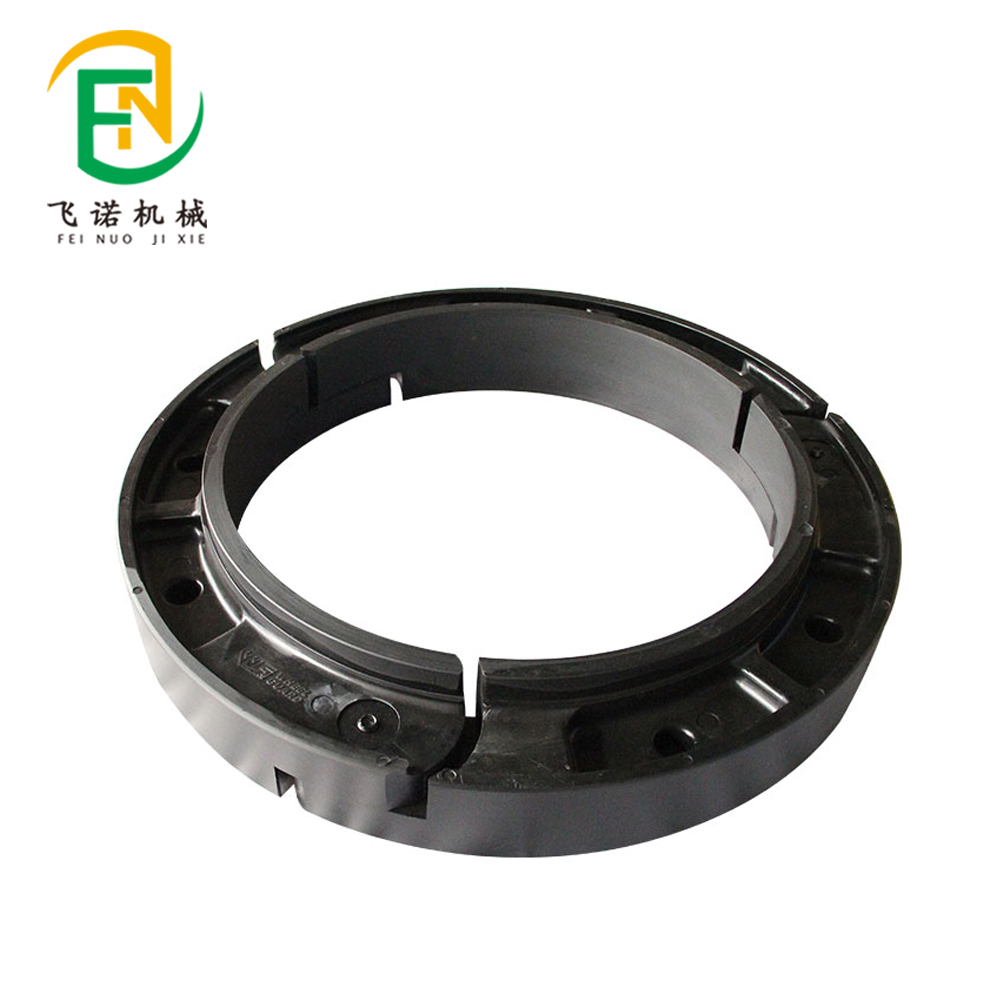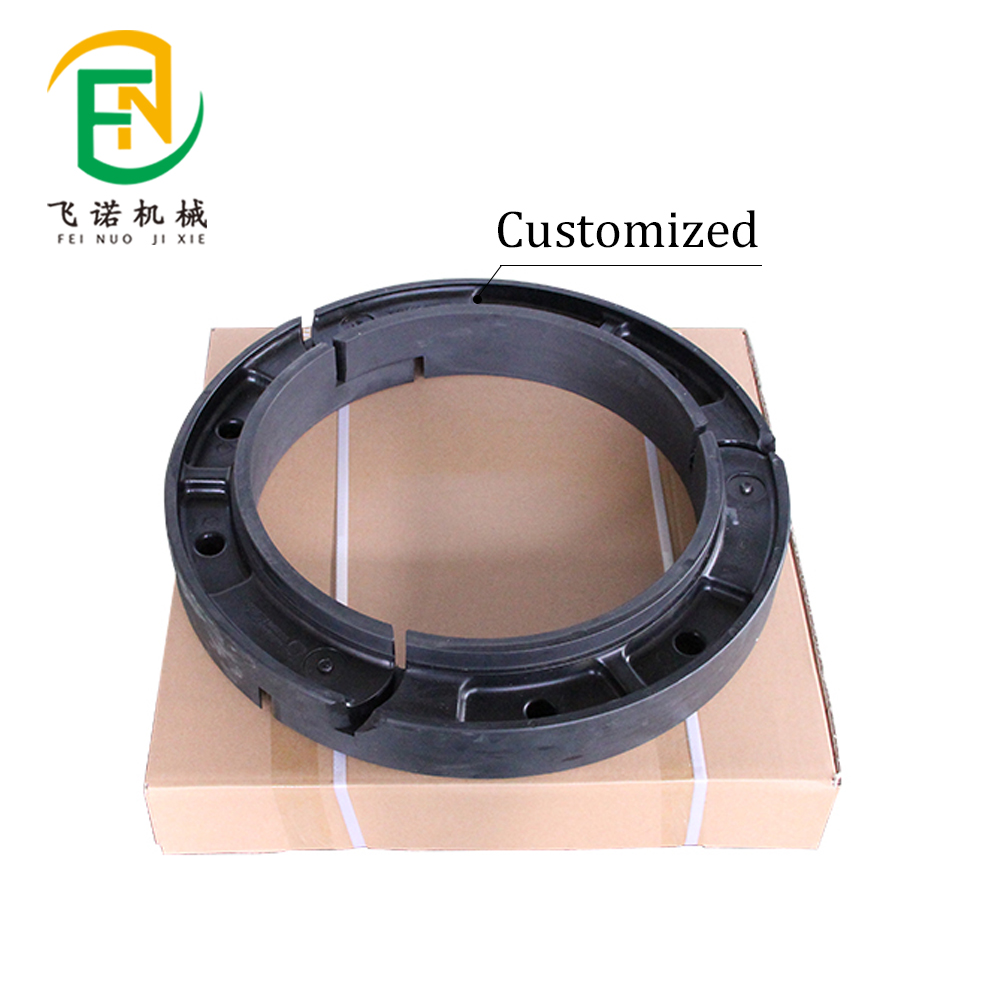- June 20, 2025
- Posted by: feinuojixie
- Category: Run Flat Guide


Plastic product is everywhere—in your car, your kitchen, your smartphone, and even your hospital room. It’s lightweight, durable, affordable, and adaptable to nearly every need of modern life. But this convenience comes at a cost. Critics argue that plastic product is a major environmental offender, contributing to pollution, waste, and even health risks. So which version is closer to the truth? In a world increasingly concerned about climate impact and material sustainability, it’s worth asking: can plastic product truly be smart, strong, and sustainable? This article explores the evolving role of plastic product and whether it deserves a place in the future of responsible manufacturing.


The Evolution of Plastic Product in Modern Manufacturing
Plastic product has undergone a dramatic transformation since its early days as a substitute for ivory and glass. Once dismissed as cheap and disposable, it is now central to advanced industries like aerospace, automotive, and electronics. Manufacturing techniques such as injection molding and additive manufacturing have pushed the boundaries of what plastic product can achieve—both in form and function. From single-use packaging to mission-critical aerospace components, plastic product has evolved into a material of both precision and performance.
Smart Design: How Plastic Product Powers Innovation
Innovation is one of the strongest cases for plastic product. Its adaptability allows for complex shapes, integrated components, and customizable features that traditional materials often can’t match. In medical devices, plastic product enables the creation of disposable tools that reduce infection risks. In consumer electronics, it allows for sleek, ergonomic designs that are lighter and more affordable. Engineers are now integrating sensors and electronics directly into plastic product, creating smart solutions that merge design with digital intelligence.
Strength in Structure: Why Plastic Product Replaces Metal and Glass
Modern plastic product isn’t just smart—it’s strong. Advanced formulations like polycarbonate and reinforced nylon offer high impact resistance, UV stability, and impressive load-bearing capacity. This strength-to-weight ratio makes plastic product a preferred choice in automotive parts, replacing heavier metals to improve fuel efficiency. In construction, reinforced plastic product is used in everything from piping to window frames, proving it can meet demanding structural requirements while remaining cost-effective and corrosion-resistant.
Sustainability or Greenwashing? Examining Eco Claims of Plastic Product
As environmental concerns rise, so too do claims that plastic product is becoming more sustainable. But how much of this is truth, and how much is greenwashing? While some plastics are now made from bio-based sources or designed for recyclability, many still end up in landfills or oceans. Compostable plastic product often requires industrial conditions not available in most waste systems. Although industry efforts are growing, the reality is that not all sustainability claims are created equal. Scrutinizing certifications, life cycle data, and end-of-life plans is essential to separate meaningful progress from marketing spin.
Circular Economy and the Role of Recycled Plastic Product
One of the most promising paths forward is the integration of plastic product into a circular economy. In this model, materials are reused, remanufactured, or recycled to extend their lifecycle and reduce raw resource consumption. Post-consumer plastic product is increasingly being reprocessed into packaging, textiles, and even construction materials. However, challenges remain—especially in sorting, contamination, and the degradation of plastic quality over multiple cycles. Investment in advanced recycling technologies, such as chemical recycling, is essential for scaling this solution.
Case Studies: When Plastic Product Gets It Right (and When It Doesn’t)
Some companies are setting benchmarks for responsible plastic product use. For instance, automotive manufacturers now use recycled plastic product for interior parts without compromising quality. In contrast, excessive use of single-use plastic packaging in e-commerce continues to draw criticism. Tech companies are beginning to design with disassembly and recycling in mind, showing that circular thinking is possible. Yet for every success, there’s a cautionary tale—highlighting the importance of intention and execution in material choice.


The Future Outlook: Can Plastic Product Truly Align with Sustainability Goals?
Looking ahead, the future of plastic product lies at the intersection of innovation, responsibility, and regulation. Bioplastics derived from plants, plastics infused with natural fibers, and materials designed to degrade safely are all being explored. At the same time, global policy changes are pushing industries to rethink how plastic product is produced, used, and disposed of. With the right mix of technological advancement and systemic reform, plastic product could indeed become part of a sustainable solution rather than the problem.
Rethinking the Value and Cost of Plastic Product
The story of plastic product is not black and white. It is a material of immense value, often irreplaceable in modern life, yet its environmental legacy remains deeply problematic. The truth lies in how we design, use, and dispose of it. With smarter engineering, stronger performance, and truly sustainable practices, plastic product can live up to its promise. But it requires a collective shift—from manufacturers to consumers—to embrace its potential responsibly and reject the throwaway culture that once defined it.
